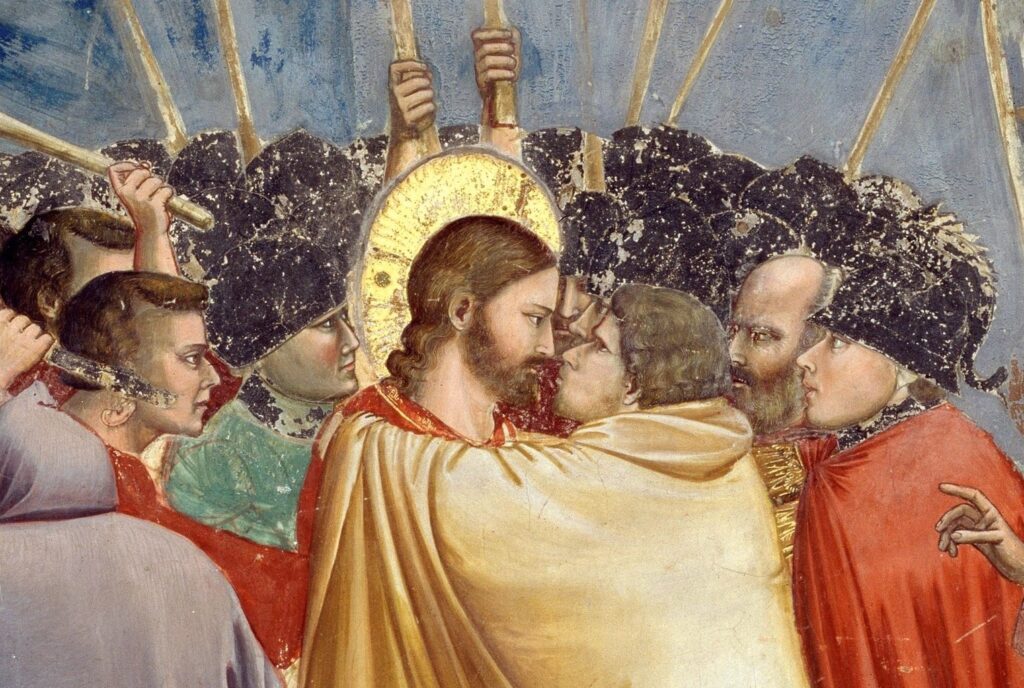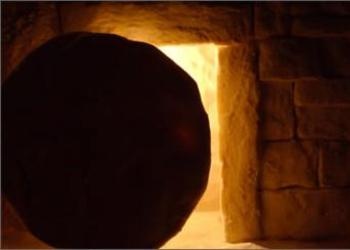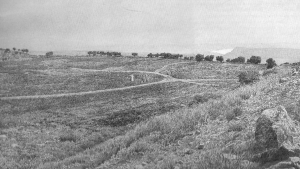Jesus set his face like a flint for Jerusalem. His hour had come. Almost 700 years before, the prophet Isaiah described what would unfold in surprising detail, and what it would mean for all humankind. I invite you to read Isaiah’s version (before Sunday) that focuses more on the physical, emotional and spiritual suffering of Jesus and the reasons why God was willing to “crush” his Son. Let it take you deeper into the arrest, trial and crucifixion of “the greatest story ever told.” And worship the One who loves us and sacrificed himself for us.
All the texts are taken from The Holy Bible: English Standard Version except for my comments in italics.
***Isaiah 53:1-3 Betrayal, abandonment, denial, rejection***
Isaiah: Who has believed what they heard from us? And to whom has the arm of the LORD been revealed?…He was despised and rejected by men; a man of sorrows, and acquainted with grief; and as one from whom men hide their faces he was despised, and we esteemed him not. Surely he has borne our griefs and carried our sorrows; yet we esteemed him stricken, smitten by God, and afflicted.
Matthew: And [in the garden of Gethsemane, Judas] came up to Jesus at once and said, “Greetings, Rabbi!” And he kissed him. Jesus said to him, “Friend, do what you came to do.” (26:49)
Then all the disciples left him and fled. (26:56)




